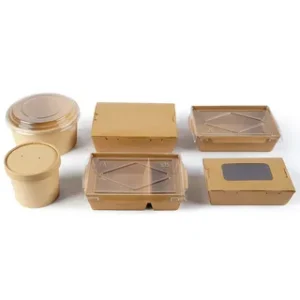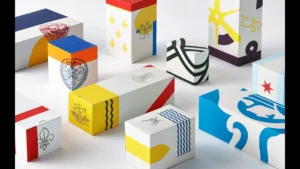There are many different types of varnishes. We’ll explore gloss UV varnish, matte UV varnish, aqueous coating, and spot UV varnish. Learn how to apply varnish to printed substrates. The best varnish for your application will depend on its use. The application process will vary depending on your print and substrate design. Spot varnish printing may require two or more steps depending on its application. Generally, varnishes are used to create a glossy, matt, or satin finish on printed materials.
Gloss UV varnish
Whether it’s for packaging, print, or packaging, UV varnishing adds a luxurious touch. This coating protects printed documents while creating a striking look. There are several types of varnish, but the most modern and stylish is UV varnish. UV varnishing is an innovative process that allows you to achieve the aesthetic you’re aiming for. Learn more about UV varnish and how it can benefit your business.
Another option for increasing the visual impact of your packaging is to use textured spot UV varnish. This finish allows you to create multiple textures on a single printed surface. This will help customers experience the product’s texture. For example, a glassware manufacturer could use textured spot UV varnish to emphasize the ridges of its jars. Alternatively, a packaging design company could add raised effects to its products.
Matte varnish
Glossy or matte varnishes add a unique finish to printed materials. Consumers notice a glossy varnish more easily, but a matte varnish provides the same tactile quality. It improves the readability of text-heavy pages and flattens images. A matte varnish offers a softer feel and is less likely to catch fingerprints. Because it is a softer finish, matte varnishes tend to scuff or rub off with use.
Varnish is a relatively inexpensive way to add protection to printed materials. It is more affordable than laminates and comes in infinite hues and textures. Matte varnishes are softer than glossy ones, and they can give a product a more luxurious look. Satin varnishes add a sense of softness. Depending on the application, matte varnishes can add an extra layer of protection.
Aqueous coating
Aqueous coating is a type of water-based adhesive that is applied to paper prior to printing. The coating is dried using hot air to form an end product. The amount of aqueous coating to apply depends on the weight of the paper being coated. For heavier papers, less aqueous coating is required. Lighter sheets may require more. The coating may also cause curling or wrinkling, depending on the thickness of the paper.
Aqueous coating is more flexible than UV-coating, which dries hard and cracks when folded. In addition, the aqueous coating offers better scratch protection and can be more cost-effective. Since water-based solvents are cheaper than UV-coatings, the latter is a better choice when working with food packaging and menus. Furthermore, the water-based coating is non-toxic.
Spot UV varnish
If you’re considering using Spot UV varnish on your packaging and print jobs, read on to find out about the advantages and disadvantages of this high-gloss finish. For starters, the varnish can bleed on uncoated paper, which will ruin your design. Consequently, leading spot UV printers don’t offer raised spot UV on uncoated stock. Raised spot UV can cause the polymer to crack or peel from the substrate. When printing on uncoated stock, you should adhere to the 1.5-3 mm rule, which prevents cracking during cutting or folding.
If you want to apply Spot UV varnish on print and packaging projects, you should create a separate layer in your design package. Save a bright color as Spot UV to help your printer locate where to apply the varnish. Copy any elements with a Spot UV finish onto the new layer. You can also color these elements with the Spot UV color. Once you’ve done this, you can send proofs to your clients for approval.
Overprint varnish
Overprint varnishes are coatings applied to printed materials for a variety of applications. They can provide various benefits, such as enhanced gloss and color, burnish resistance, and stain and edge fusion resistance. There are many types of overprint varnishes. Oil-based OPVs are similar to lithographic paste inks but do not contain pigment. OPVs typically contain high solvent contents and wax additions for scuff resistance. Oleoresinous OPVs are applied through an offset lithographic press ink train.
There are three types of overprint varnishes. One type is a flood applied over the entire print surface. The other type is spot, which is applied to selected elements for emphasis. Varnishes come in a range of gloss levels and colors. Gloss varnishes reflect light and sharpen images as matte and dull varnishes make images more clear. A few types are color-tinted. Regardless of how it is applied, varnishes are versatile to enhance printed materials and ensure that they are long-lasting and stand up to the test of time.



